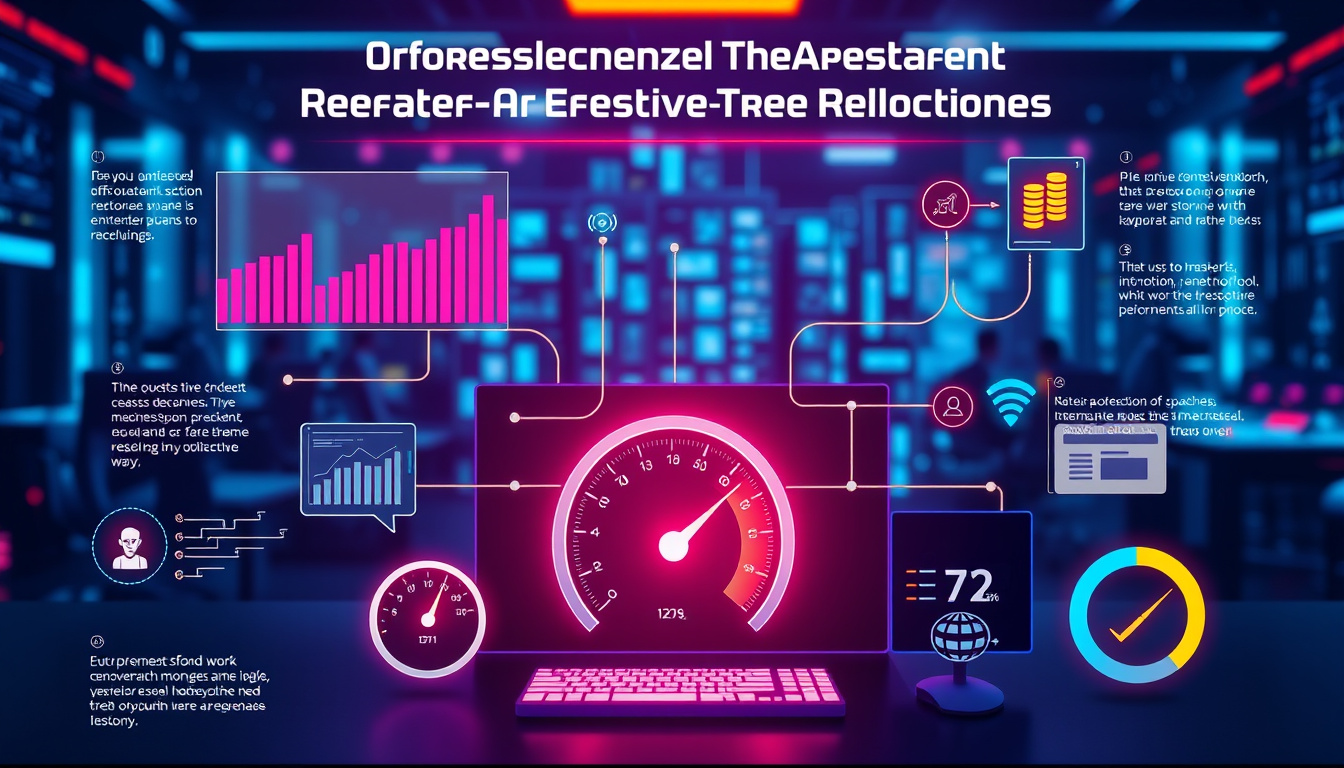In today’s interconnected world, optimizing network performance is crucial for businesses aiming to ensure seamless user experiences and efficient operations. Network Performance Monitoring (NPM) plays a key role in achieving this goal. By effectively measuring and monitoring various network metrics and analyzing the data, organizations can proactively address issues, enhance user experience (UX), and improve overall efficiency. Here, we explore essential strategies for effective network performance monitoring.
What is Network Performance Monitoring (NPM)?
Network Performance Monitoring (NPM) involves the use of specialized tools and strategies to assess and manage the health and performance of a network. NPM provides insights into various performance variables, such as bandwidth utilization, throughput, latency, and error rates, enabling IT teams to identify and rectify issues before they escalate into major problems.
Why NPM Matters
Given the increasing complexity of modern networks—often involving cloud, on-premises, and hybrid setups—the need for robust NPM solutions has never been greater. A dedicated NPM strategy helps businesses:
- Detect and resolve network issues before they impact users, leading to improved reliability and customer satisfaction.
- Optimize performance by identifying bottlenecks and congestion points within the network.
- Enhance security by uncovering unusual behaviors or malicious activities in network traffic.

By implementing effective NPM strategies, organizations can ensure their networks meet users’ demands and maintain operational efficiency.
Key Components of Network Performance Monitoring
Effective NPM relies on data from multiple sources, allowing for a comprehensive view of network health. The primary data types leveraged in NPM include:
-
Flow Data: Captured from network devices, flow data provides insights into communication patterns, including which devices are communicating, data transfer speeds, and interaction frequency.
-
SNMP (Simple Network Management Protocol): SNMP is used for managing and monitoring the functions of network devices. It delivers critical diagnostic information, including device availability, bandwidth usage, and error rates.
-
Packet Capture: This technique involves capturing and analyzing data packets as they traverse the network. It provides granular insights into specific applications, helping to troubleshoot network issues and analyze overall performance.
NPM tools typically consolidate these data sources into user-friendly dashboards, allowing network administrators to monitor network health at a glance.
Metrics to Monitor for Effective NPM
To ensure comprehensive network monitoring, it’s essential to keep track of various performance metrics, including:
- Errors: This metric indicates packet loss and other communication failures that can disrupt connectivity.
- Bandwidth: The maximum data transfer capacity of the network, measured in bits per second.
- Throughput: Often confused with bandwidth, throughput measures the actual rate of successful data transfer, indicating how well the network performs under specific conditions.
- Latency: Indicates the delay in data transmission across the network, ideally minimized to enhance user experience.
Benefits and Challenges of NPM
Utilizing NPM offers several advantages, including:
- Proactive Issue Detection: NPM helps identify anomalies and potential problems before they escalate.
- Improved User Experience: By optimizing performance and minimizing latency, NPM can significantly enhance user satisfaction.
- Enhanced Security Posture: Regular monitoring can detect security threats and unauthorized access attempts.
However, implementing NPM also presents challenges, such as:
- Complexity in Monitoring Virtualized Environments: Some tools may struggle to access all layers of a virtualized network, complicating monitoring efforts.
- Automated Changes Tracking: Keeping track of changes in automated environments can be particularly challenging without the right tools.
Best Practices for Effective Network Performance Monitoring
To maximize the effectiveness of NPM tools, organizations should consider the following best practices:
-
Centralized Monitoring Tools: Use unified solutions that integrate various monitoring capabilities, giving you a holistic view of your network’s health.
-
Regular Metrics Review: Continuously analyze network performance metrics to spot trends and quickly respond to potential issues.
-
Utilize Automation: Leverage automated NPM capabilities to streamline data collection and alerting, allowing you to focus on strategic issues rather than manual monitoring tasks.
-
User-Centric Approach: Always consider user experience when planning for network performance. Ensure that performance metrics translate to a better experience for end users.
-
Diversify Monitoring Techniques: Employ a combination of SNMP, flow, and packet monitoring to create a more comprehensive picture of network health.
Conclusion
Mastering network performance monitoring is essential for modern organizations aiming to maintain reliable service delivery and optimize user experience. By employing a blend of effective monitoring strategies, robust tools, and a proactive approach, businesses can not only resolve issues swiftly but also enhance their overall network architecture. As network environments continue to evolve, so must the strategies utilized to monitor and maintain performance, ensuring that challenges are met head-on.



